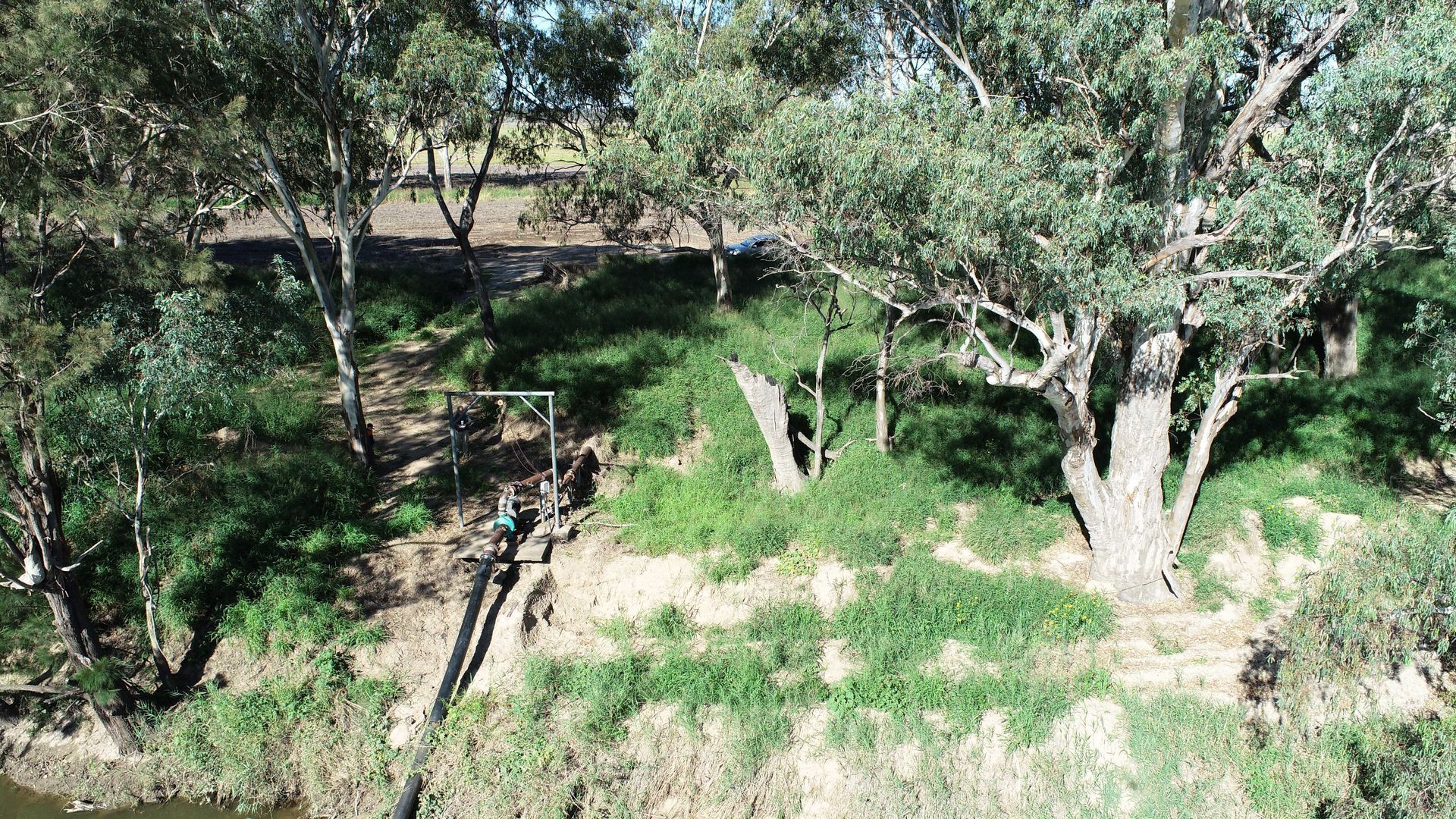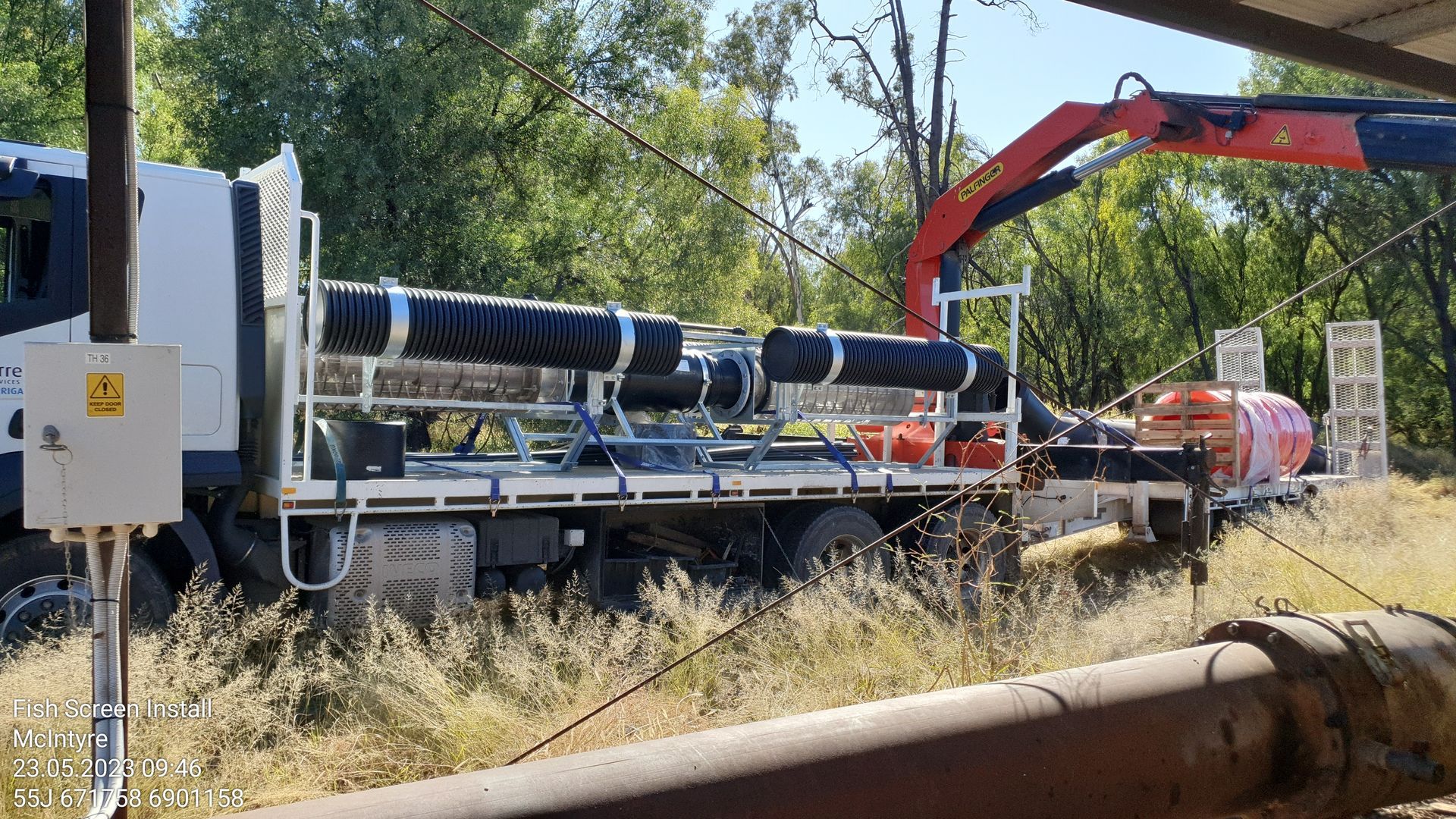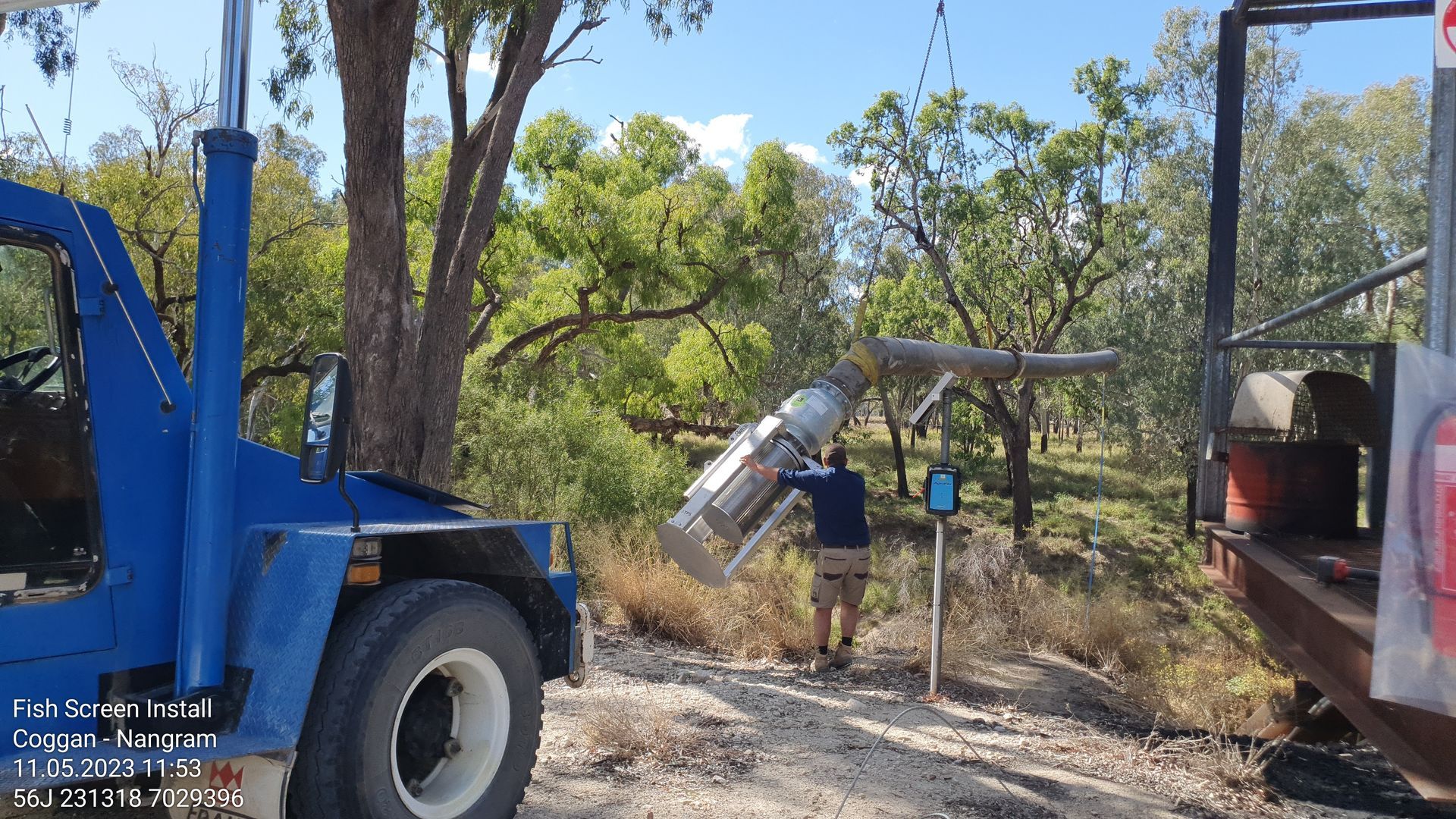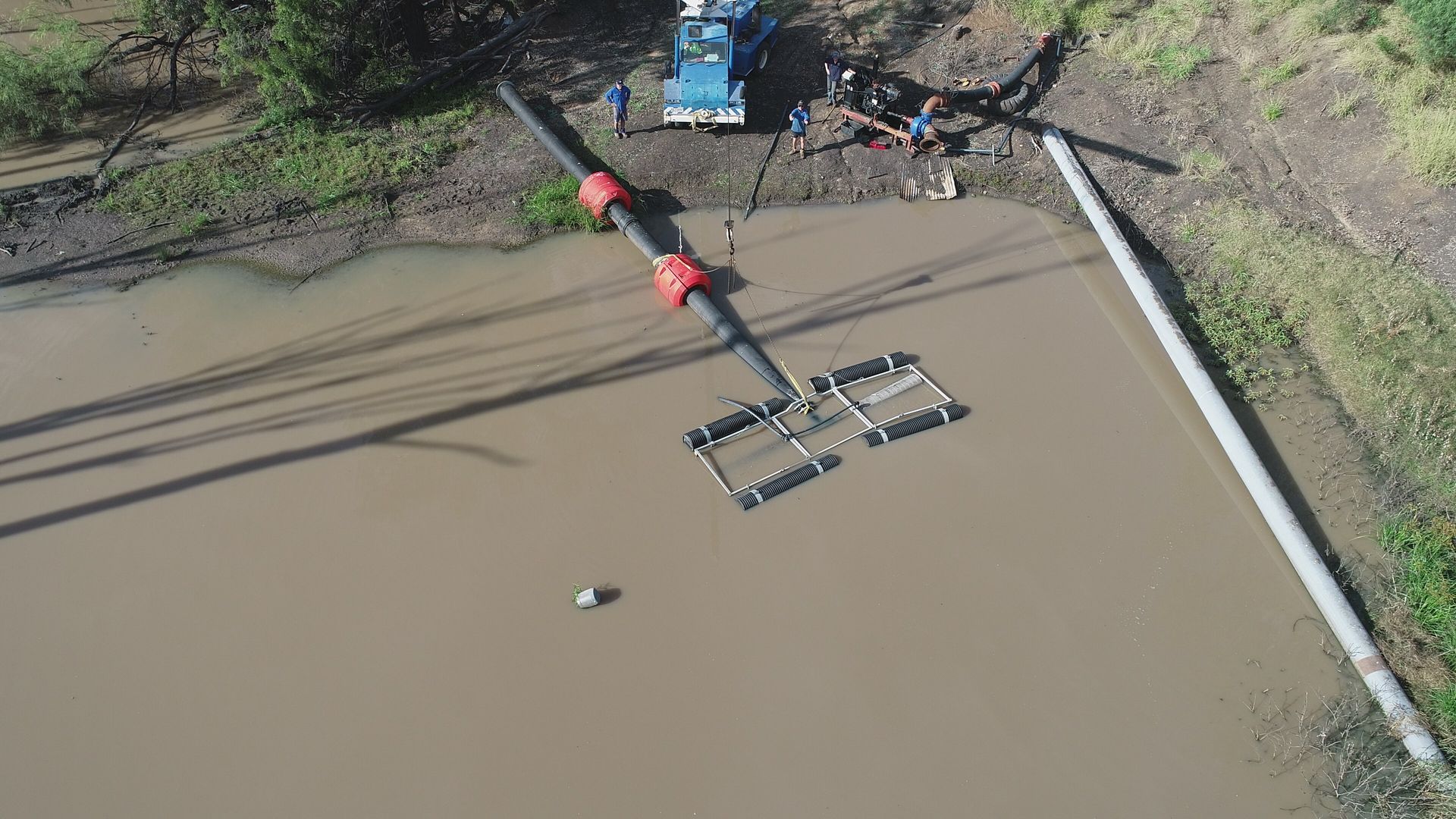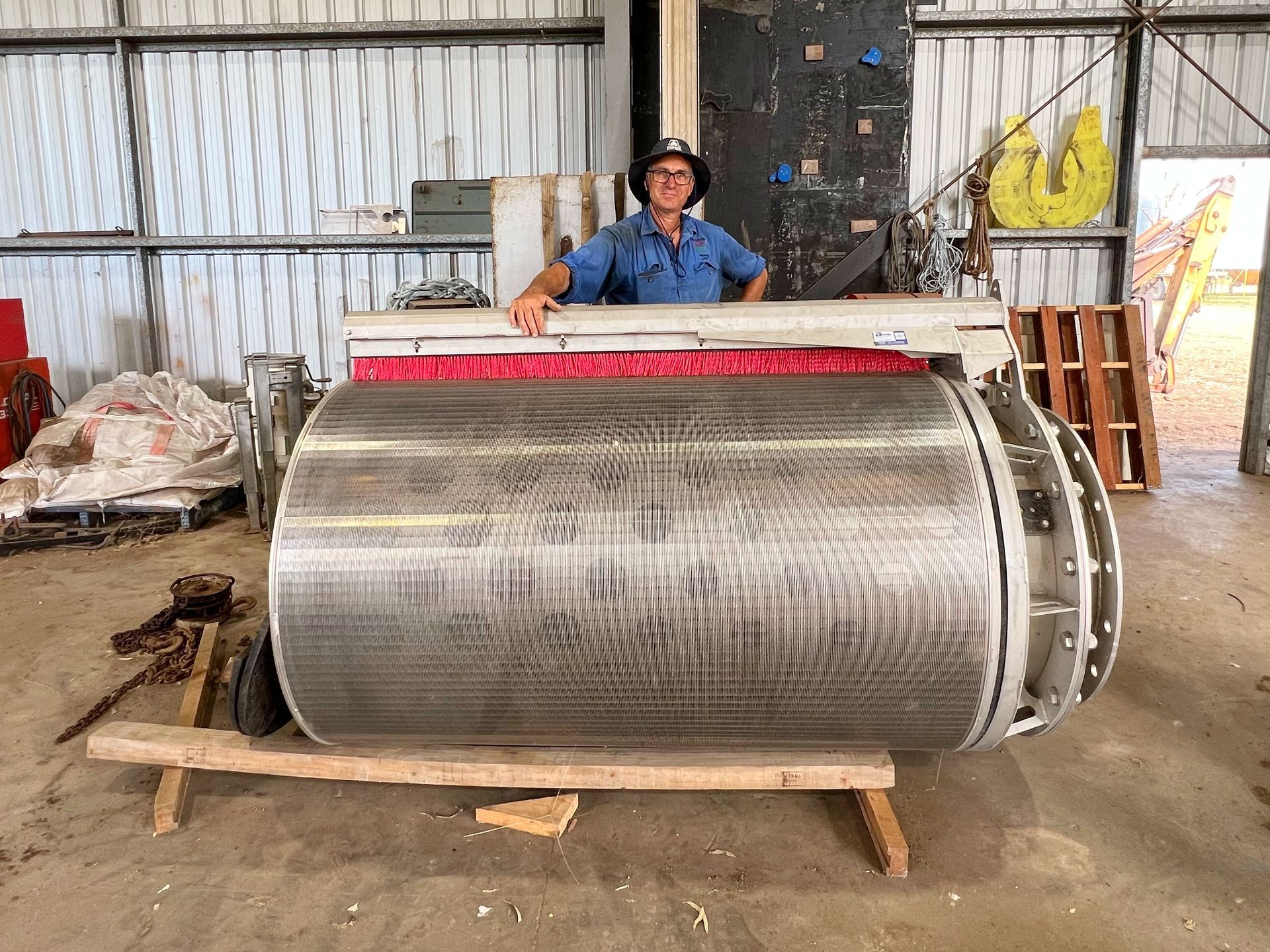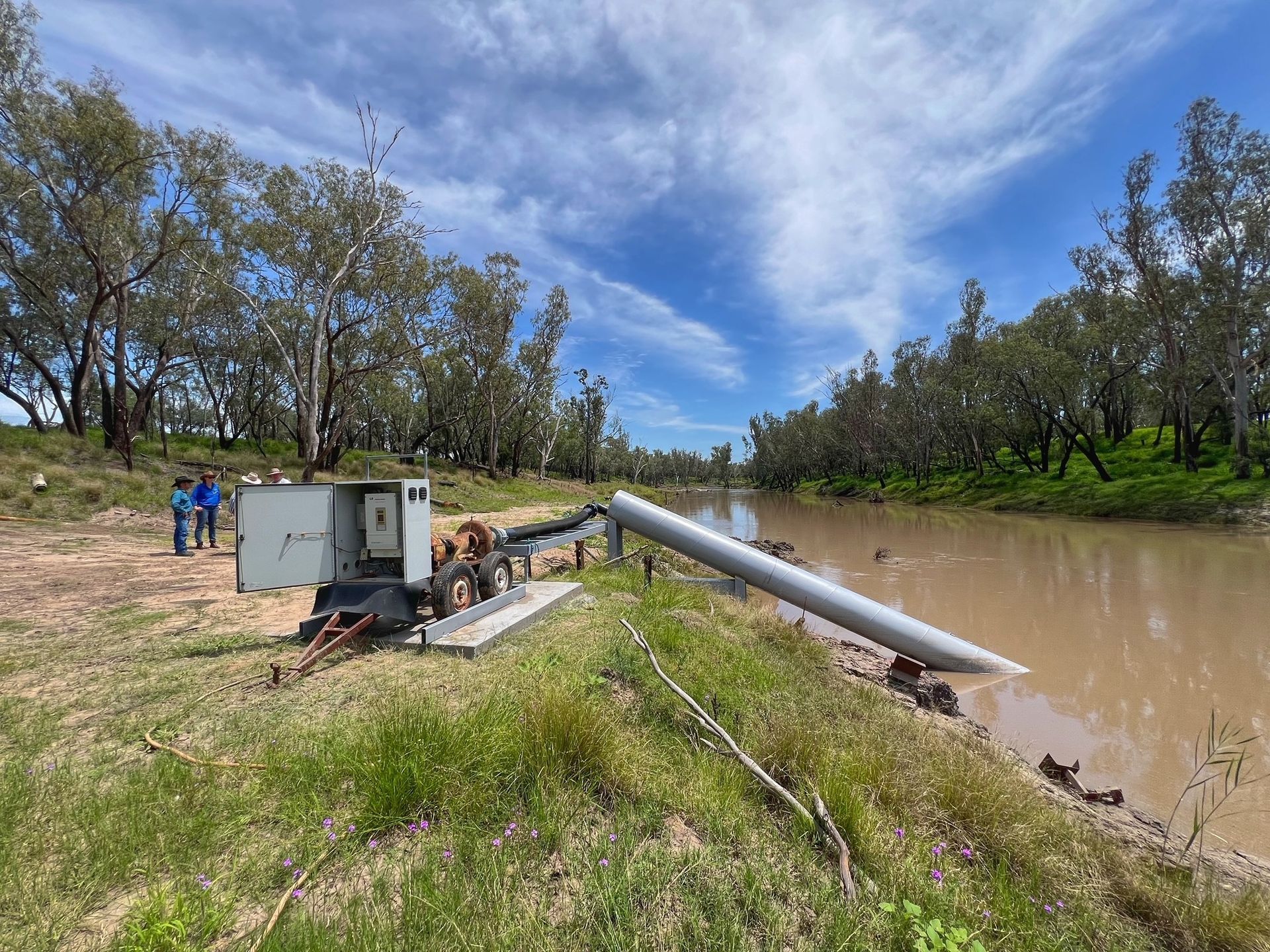Blog Layout
First Nations Set To ‘Heal Country’ Through Art
Artists throughout the region are abuzz with the launch of Southern Queensland Landscapes Inaugural First Nations Art Competition.
SQ Landscapes First Nations Committee Chair, Chris Joseph said the competition was launched during NAIDOC Week and aims to give artists from Toowoomba west to Thargomindah, north to Taroom and south to the NSW border an opportunity to showcase their amazing talent.
“We have some incredible artists in this area and thanks to an anonymous donation made to the organisation specifically for a First Nations Art Competition, SQ Landscapes is honoured to work with the 28 Nations in this region to develop these artists skills and provide opportunities to not only showcase their work, but meet other artists and learn from already established artists like Uncle Colin Jones,” Chris Joseph said.
“Uncle Colin, who has exhibited his incredible works in galleries throughout Europe, America and Australia, will be offering feedback and guidance in his role as judge of the competition, together with established portrait painter and Owner of Toowoomba’s Murray’s Art & Framing, Sue McMaster,” Mr Joseph said.
“The theme of the competition is ‘Heal Country’ in line with this year’s NAIDOC theme and for Southern Queensland Landscapes this dovetails beautifully into our mission as a community owned organisation to work with communities to create ‘flourishing landscapes’,” he said.
“Country is inherent to our identity. It sustains our lives in every aspect – spiritually, physically, emotionally, socially, and culturally. It is more than a place. When we talk about Country it is spoken of like a person. Country is family, kin, law, lore, ceremony, traditions and language. For Aboriginal and Torres Strait Islander peoples it has been this way since the dawn of time” – The National NAIDOC Committee (NNC)
There’s more than $8,000 in prizes to be won through the First Nations Art Competition and entrants from 15 years of age could be eligible to enter*.
“There’s three categories for the competition being 15-17 years, 18-24 years and 25 years plus; and from these three categories a Grand Prize winner will be announced,” Chris Joseph said.
“Entrants must also identify as First Nations people from one or more of the 28 Nations in the Southern Queensland Landscapes area and a full list of all 28 Nations are available on our website and in the Competition Guidelines,” Mr Joseph said.
“Winners will be chosen based on their creativity, story-telling ability, skill and adherence to the theme ‘Heal Country’,” he said.
All entries will be on display during NAIDOC Week 2022 with winners announced during NAIDOC Week festivities.
For full competition details and information on how to enter visit https://www.sqlandscapes.org.au/first-nations-art-competition
*Full Terms & Conditions apply.
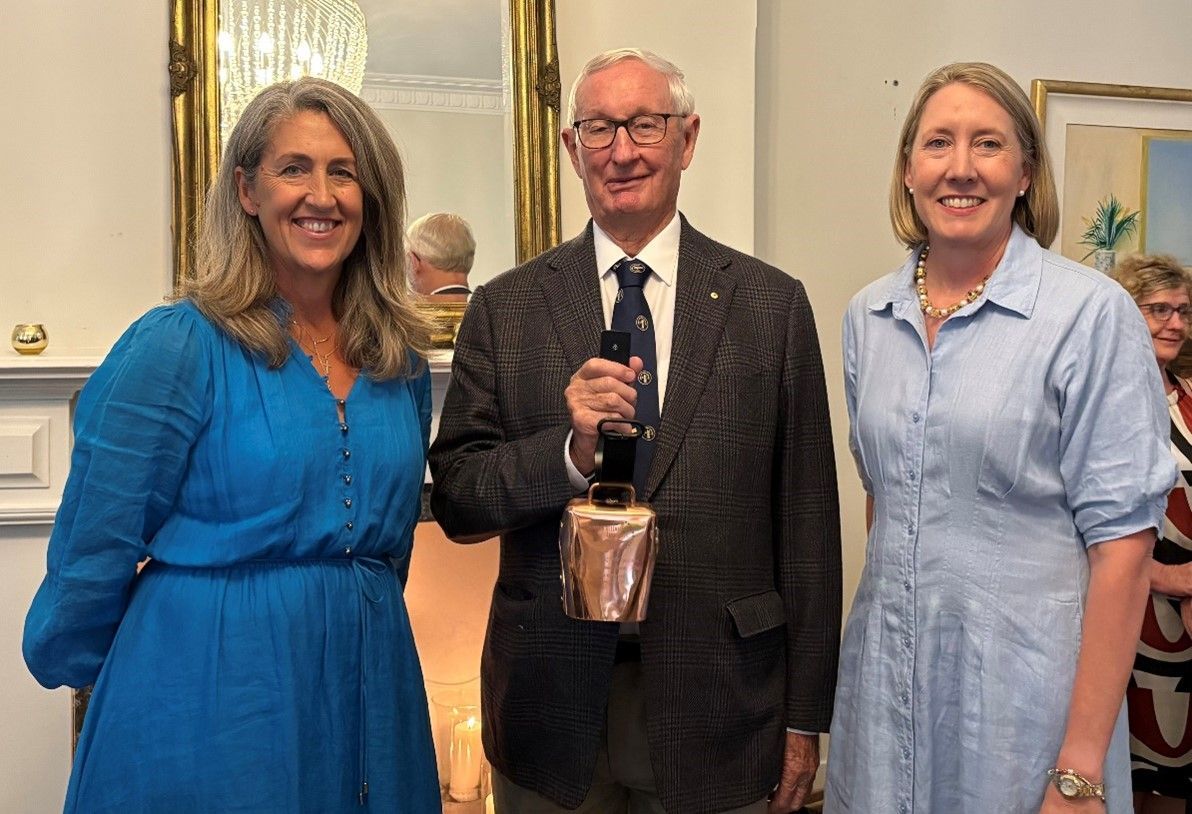
7 March 2025
Southern Queensland Landscapes is seeking an experienced and influential Board Chair to lead a multi-skilled Board in managing natural resources across Southern Queensland. This is a 3-year remunerated role based in Toowoomba, QLD, with the flexibility to manage from anywhere in Southern QLD. The ideal candidate will bring: • Substantial experience leading diverse Boards • Strong relationship-building and leadership skills • Expertise in environmental and agricultural matters This role is an opportunity to shape the future of natural resource management, working closely with land managers, community leaders, and industry professionals. Are you ready to make an enduring impact? For more details and to apply, visit www.windsor-group.com.au/job/board-chair-natural-resources-peak-body or contact Mike Conroy at apply@windsor-group.com.au.
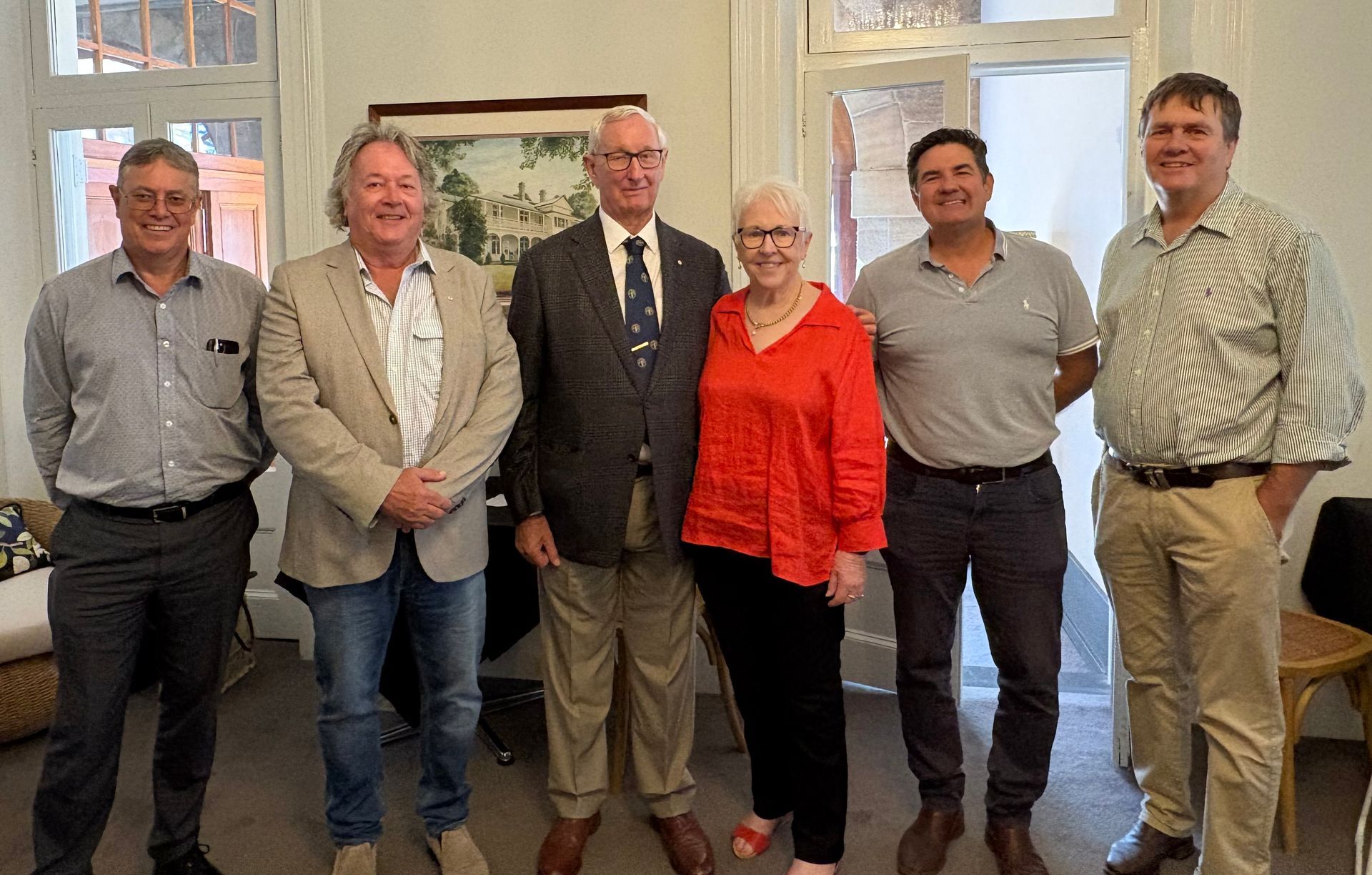
3 March 2025
This week marked the final Board meeting for retiring Southern Queensland Landscape Chair, The Hon Bruce Scott AM. The Southern Queensland Landscapes Board hosted a function at Gip’s restaurant in Toowoomba, joined by past Directors, industry stakeholders and the Southern Queensland Landscapes Management team, where Bruce was warmly acknowledged and thanked. Bruce offered special thanks to his dear wife Joan for her support during his period of service to Southern Queensland Landscapes, in particular the warm country hospitality she has offered to many visitors to Roma. Bruce also recognised and thanked Southern Queensland Landscapes Company Secretary Pam Murphy, who has supported Bruce in his service to Southern Queensland Landscapes since the organisation’s inception.
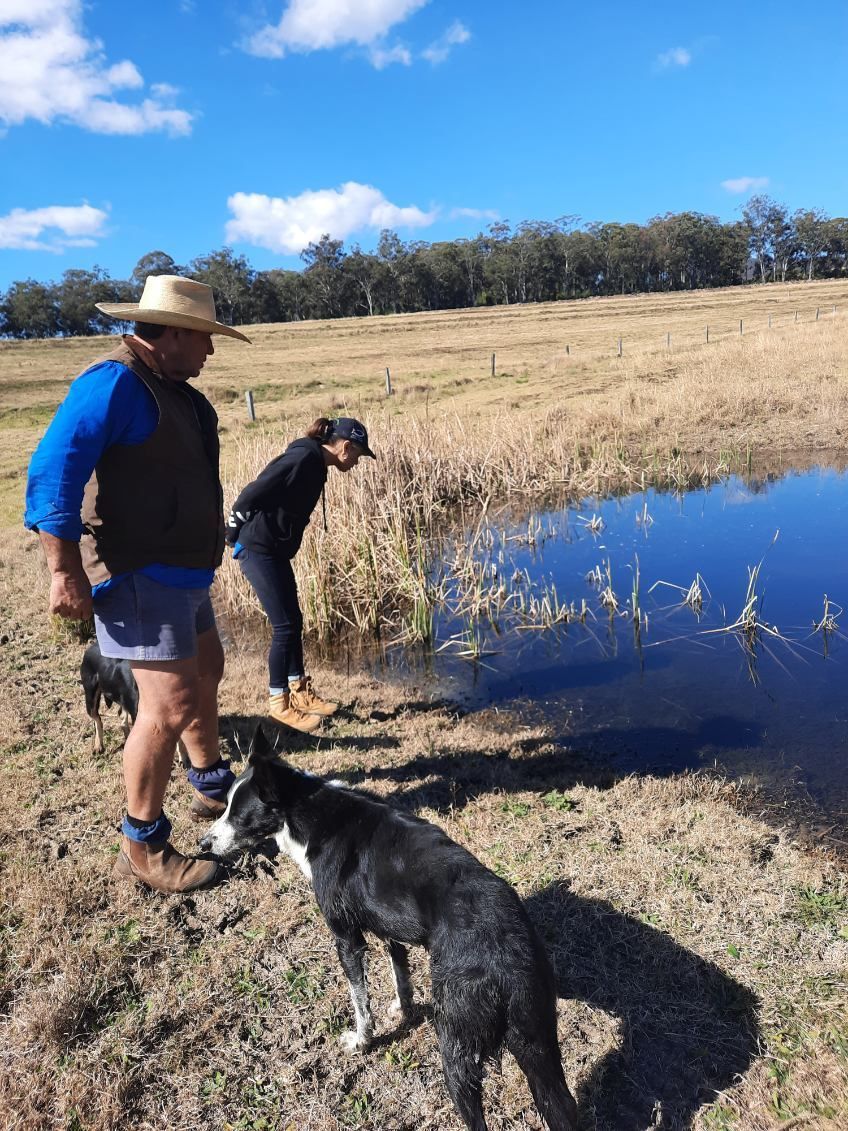
25 September 2024
The Condamine Headwaters, a critical ecosystem in Southern Queensland, has long faced threats from sedimentation, habitat degradation, and thermal regime changes. The Blackfish Project, dedicated to reversing these impacts, unites scientists, landowners, and the community in a shared mission to restore and protect this vital environment. At its core lies the river blackfish, a sensitive indicator of the overall ecosystem health. Central to the project's success is the unwavering commitment of landowners like Paul Graham. Inspired by the project's vision, Paul reached out to SQ Landscapes seeking support for a solar pump and tank to divert his cattle away from waterways on his property. Paul's deep-rooted love for his land, captured in his humorous quip "I love my land more than I love my wife," is a testament to the powerful connection between people and place that drives conservation efforts.
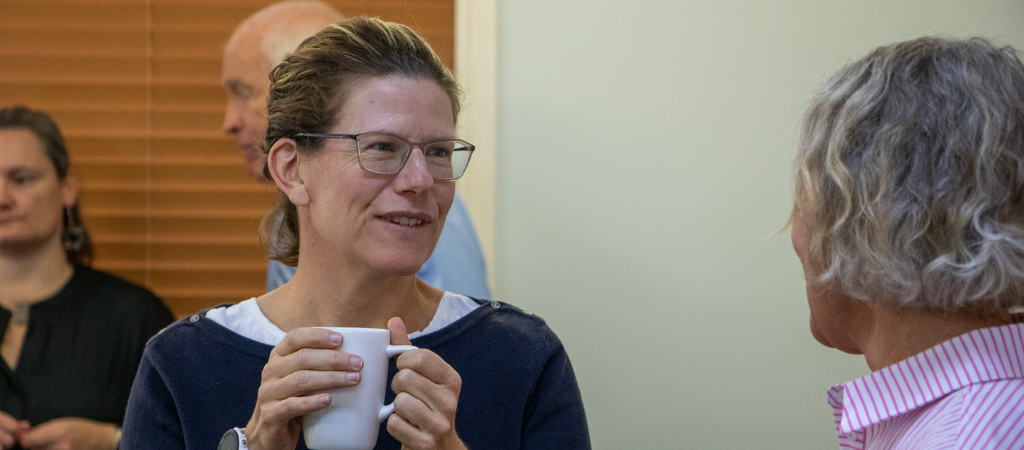
by Caleb Back
•
31 October 2023
The Board of Southern Queensland Landscapes recently met in Toowoomba. In addition to the Board meeting, Board and Executive worked through updating SQ Landscapes’ strategy. Company Secretary Pam Murphy highlighted the importance of the latest Board meeting and what it means for the company’s future. “The updated strategy will help SQ Landscapes deliver sustainable natural resource management (NRM) outcomes that improve the lives of people in regional communities now and for the future,” Pam Murphy said. “We’re excited to continue delivering value for our region and build Flourishing Landscapes and Healthy Communities across Southern Queensland under the guidance of the Board,” Mrs Murphy said.
CONTACT
EMAIL: admin@sqlandscapes.org.au
ADDRESS:
Toowoomba - 266 Margaret St. QLD 4350
Roma - 21 Major St. QLD 4455
Charleville - 92 Alfred Street. QLD 4470
St George - 1/11 Grey Street. QLD 4487
BUSINESS HOURS:
Monday - Friday: 8:30am - 5:00pm
Weekends and Public Holidays: Closed
CONNECT
LOCATIONS
All Locations
LIST
MAP
- 266 Margaret St, Toowoomba City QLD 4350, Australia 266 Margaret St, Toowoomba City QLD 4350, Australia
- 21A Major St, Roma QLD 4455, Australia 21A Major St, Roma QLD 4455, Australia
- Park St, Charleville QLD 4470, Australia 92 Alfred St, Charleville QLD 4470, Australia
- 48 Stockyard St. QLD 4490. Cunnamulla, 48 Stockyard St, 4490, QLD, Australia
- 1/11 Grey Street. QLD 4487 11 Grey St, St George QLD 4487, Australia
© Copyright 2024 | All Rights Reserved | Southern Queensland Landscapes
| Web Design by ACM Digital

